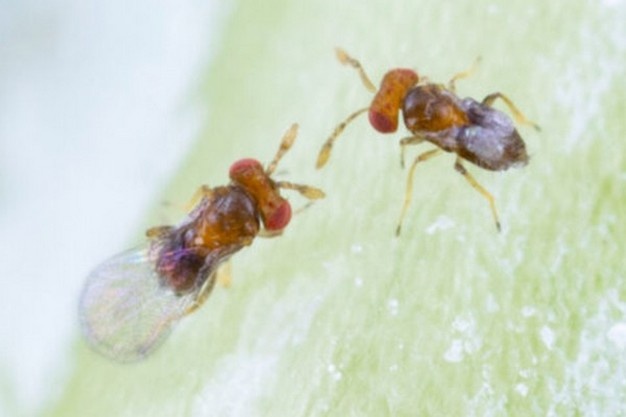The full write up of the method for this experiment is here:
https://www.reddit.com/r/experimyco/comments/1jxib5q/king_stropharia_on_sawdust_and_soil_substrate/
So I’ll just summarise. All jars are filled with 140g of a sawdust and soil mix from grinding out the stump of an ash tree. Jars were filled to the brim with liquid then the excess was drained off the next day. Jars were sterilised at 15 PSI for 90 minutes and inoculated from agar. In order to compare the effect of urea in fresh urine vs ammonium hydroxide in old urine stored in bottles the liquid used to hydrate the substrate was as follows:
A, B: fresh urine at ph 7.
C: 50% fresh urine, 50% rainwater
D, E: old urine at pH ~10-10.5.
F: 50% fresh urine, 50% old urine.
G, H: rainwater.
—
The objective here is twofold: to see if using fungus to process urine is viable and to find alternative methods to increase nitrogen content in spawn.
From a self sufficiency/permaculture perspective using grain spawn isn’t really viable since if you are growing grain yourself you’re just wasting calories feeding it to fungus. Common methods of increasing nitrogen content in wood or sawdust spawn like the addition of wheat bran or soy hulls is only viable if you’re growing and processing those crops. More or less any waste plant material can be beneficial to add to the substrate but collecting, drying and cutting it can be time and energy intensive vs just throwing it in the compost. I’ve also had issues storing large amounts of dry plant material without it going moldy/attracting pests. Additionally for small jars like this lighter plant material takes up a lot of volume reducing how much wood you can add.
Therefore soaking the substrate in a waste nitrogen source like urine instead of using water seems like a good solution. The higher nitrogen content of the spawn should make for faster colonisation and better growth when spawned to bulk substrate that is rich in carbon.
—
Results so far:
The thicker white growth seen in the jars with urine is consistent with mycelial growth in a higher nitrogen substrate suggesting the fungus is able to utilise nitrogen from both urea and ammonium hydroxide. However growth in D, E and F with the ammonium hydroxide is spreading slower than the other jars. This could be the result of the high pH being less ideal for growth or may be due to the nitrogen being in a more readily available form. Similar thick white growth that doesn’t spread as rapidly can be seen if a substrate is ammended with a high nitrogen and high nutrient substance like yeast extract.
Jars A and B with the fresh urine show good growth however the best balance between thick growth and fast spread appears to be in jar C with the diluted fresh urine which is approaching full colonisation. Whether fresh or old it appears that urine can be used without dilution. So if urine recycling is the primary goal either will be fine without any water added.
Next time I’ll also try a diluted old urine and try mixing the old urine with tannins leached from bark to neutralise the liquid and increase the carbon content. I also want to try hydrating a bulk substrate with non-sterile urine to see if the bacteria introduced is adequate to trigger fruiting or if it proves detrimental.
—
Previous test:
https://www.reddit.com/r/experimyco/comments/1i8yjmm/king_stropharia_culture_on_urine_soaked_wood/
https://www.reddit.com/r/experimyco/comments/1ihgey1/part_2_king_stropharia_cultured_on_urine_soaked/


